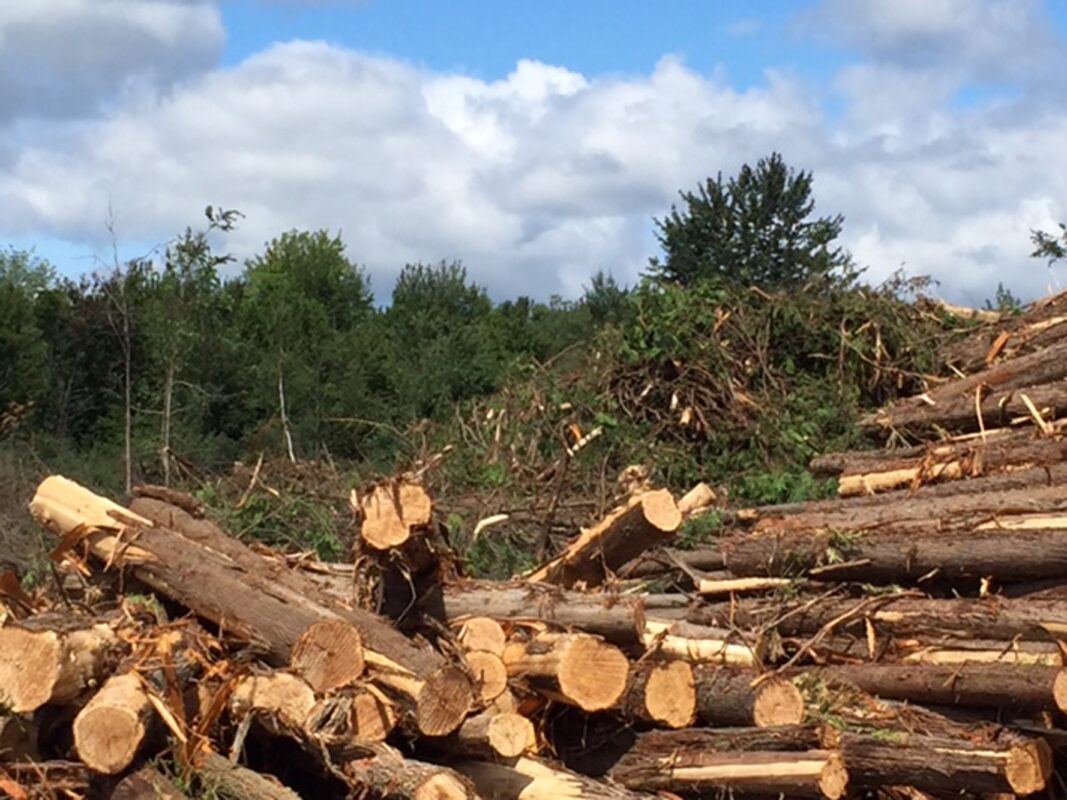
The Honourable Anne McLellan, P.C., M.P.
Minister of Health
House of Commons
Parliament Hill
Ottawa, Ontario K1A 0C6
Dear Minister:
RE: Canadian Environmental Assessment Act Screening by Fisheries and Oceans Canada for Findlay Creek/Leitrim wetlands and Transport Canada’s Area-Wide Risk Assessment of Gloucester landfill.
We write to you because of our concern about the health aspects of leachate from a closed landfill owned by Transport Canada south of the Macdonald-Cartier International Airport in Ottawa. Hazardous wastes were dumped in an area of the landfill called the Special Waste Compound. We understand that the landfill is one of six Priority 1 waste sites owned by the federal government. Under the Ontario Ministry of Environment’s classification system for Closed Waste Disposal Sites, this landfill is classified as Class A Sites deemed to have the potential to have an impact on human health.
Near the landfill are both an area where a residential subdivision is proposed and a wetland area called the Leitrim wetlands. As you know, Fisheries and Oceans Canada (F&O) is currently conducting an environmental assessment of Findlay Creek/Leitrim wetlands under the Canadian Environmental Assessment Act in light of a proposal to build houses there. The assessment includes an examination of the migration of toxic waste on the wetland area and the proposed subdivision. Two aquifers which flow first under the landfill and later under the development site, about 1 kilometre away, have become contaminated with hazardous wastes.
The Minister of Fisheries and Oceans informed one of our fellow members of the Friends of Leitrim Wetland that, under subsection 12(3) of the Act, he is seeking the expert advice of his Colleagues responsible for Health and Environment on this file. We were pleased to learn this, because Health Canada’s environmental toxicologists, who are knowledgeable about the subtle and long-term aspects of contaminant substances upon health, and other specialists will now be able to bring their expertise to bear on the subject.
As you also know, Transport Canada issued a Request for Proposal (RFP) T8080-01-1158 Area-Wide Risk Assessment (AWRA) Gloucester Landfill. We urge you to fully consider the results and peer reviews of this important assessment and make sure they are incorporated in the broader assessment that F&O is conducting.
The Greenspace Alliance and other organizations have been concerned for some time that the long-term health aspects of building houses near a leaching landfill may not be adequately understood by local decision-makers and their staffs because they lack expertise in environmental health. For example, decision-makers appear not to have considered a written report by Clifford Shirtliffe, P.Eng. (October 22, 2000) about ground gases in which he makes the statement, The best way to avoid having problems with ground gases is to avoid building where there is contaminated ground water or building in areas where the ground water can become contaminated.(Emphasis in the original.) Many of the leaching substances of concern at this landfill are organic solvents which could readily volatilise into ground gases. The Shirtliffe document is in F&O’s Registry.
Since 1992, Transport Canada has been attempting to cleanse aquifers that have become contaminated with leached organic solvents. The annual reports, while often optimistic in tone, contain much disquieting language. Three examples: Shallow wells [for extracting the contaminants] 1 and 17 did not operate between January and March of this year due to mechanical problems; The concentrations of many of the organics are decreasing in a majority of the wells (which must mean that some organics in other wells are not decreasing); Shallow wells 8 and 9 appear to be generally containing the benzene plume (why the vagueness of language?). These examples are from the Summary of the Annual Report, Operations at the Gloucester Landfill, Groundwater Treatment Facility, April 1, 2000 – March 31, 2001,” submitted to Transport Canada by Headwater Environmental Services Corporation.
In addition to being concerned about the content of the reports, the record is not clear on whether the levels of contaminants chosen as objectives of the cleansing operation could still endanger human health. Furthermore, we could not find evidence that the cumulative effect of combinations of contaminant substances is being considered, nor the potential for interactions with substances leaching from the municipal section of the landfill. Also, it appears that any contaminants not removed by the aquifer cleansing operation will be permitted to dilute in the groundwater. That groundwater flows under the proposed residential development site. Overall, the area is very hydrologically complex, with areas of upwelling. An issue that needs to be considered is whether the hydrology is such that contaminants could accumulate in pockets of concentration rather than become diluted.
We seek your assurance that, in working with your Colleagues responsible for Transport, Environment, and Fisheries and Oceans, you will provide leadership on the health aspects of this file, in the context of the myriad issues implicated. A sharing of information and eliciting learned opinion from relevant experts in your Department will ensure a comprehensive approach to the assessment of all potential problems in this area.
Copies of letters from the Greenspace Alliance to the Hon. David Collenette and the Hon. David Anderson are enclosed for your information.
Sincerely,
Erwin Dreessen,
Chair
cc: The Honourable Robert Thibault, Minister of Fisheries and Oceans
The Honourable David Collenette, Minister of Transport
The Honourable David Anderson, Minister of Environment
